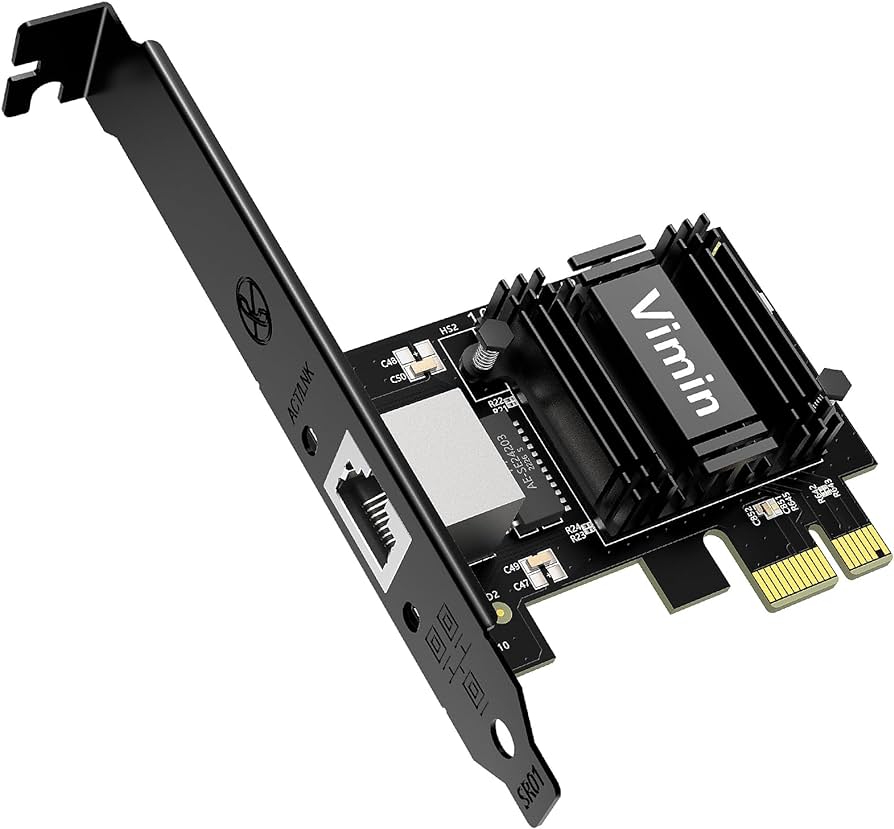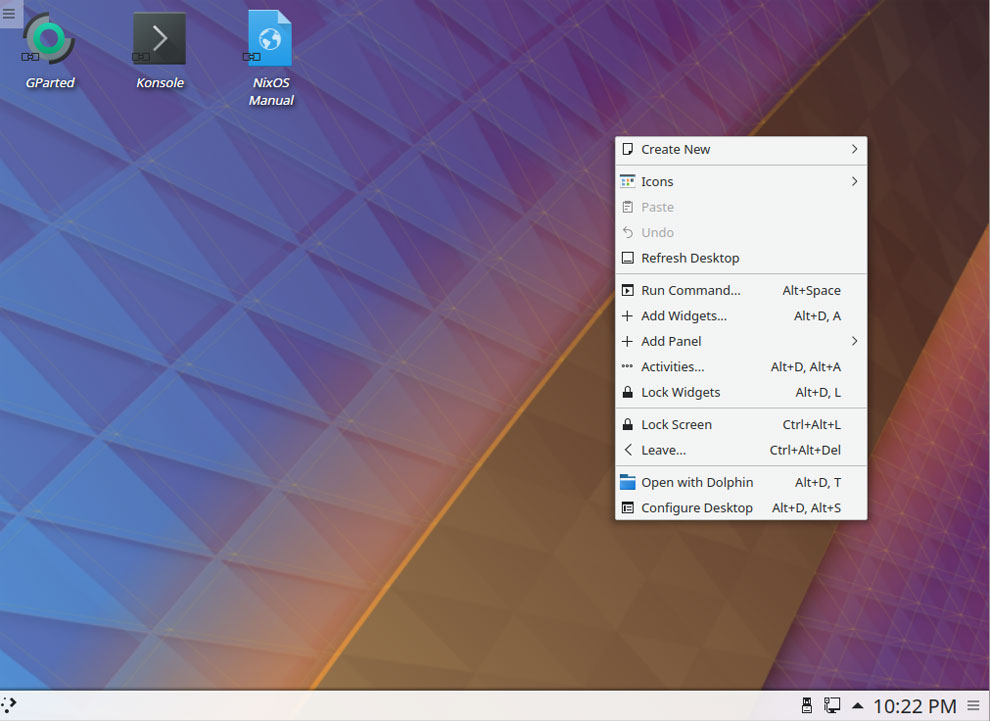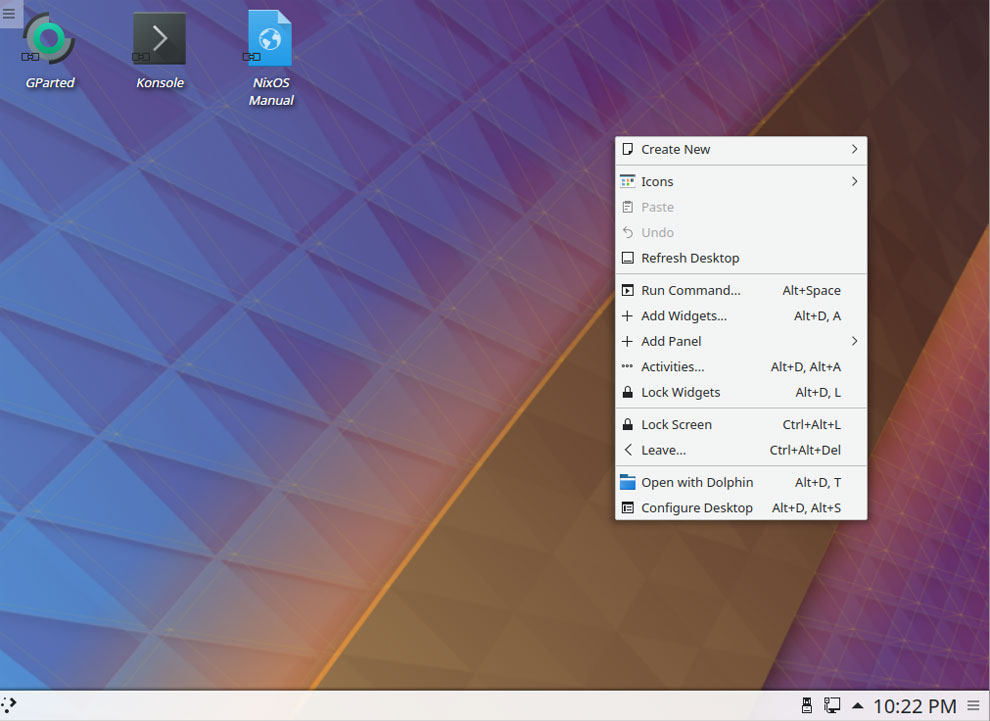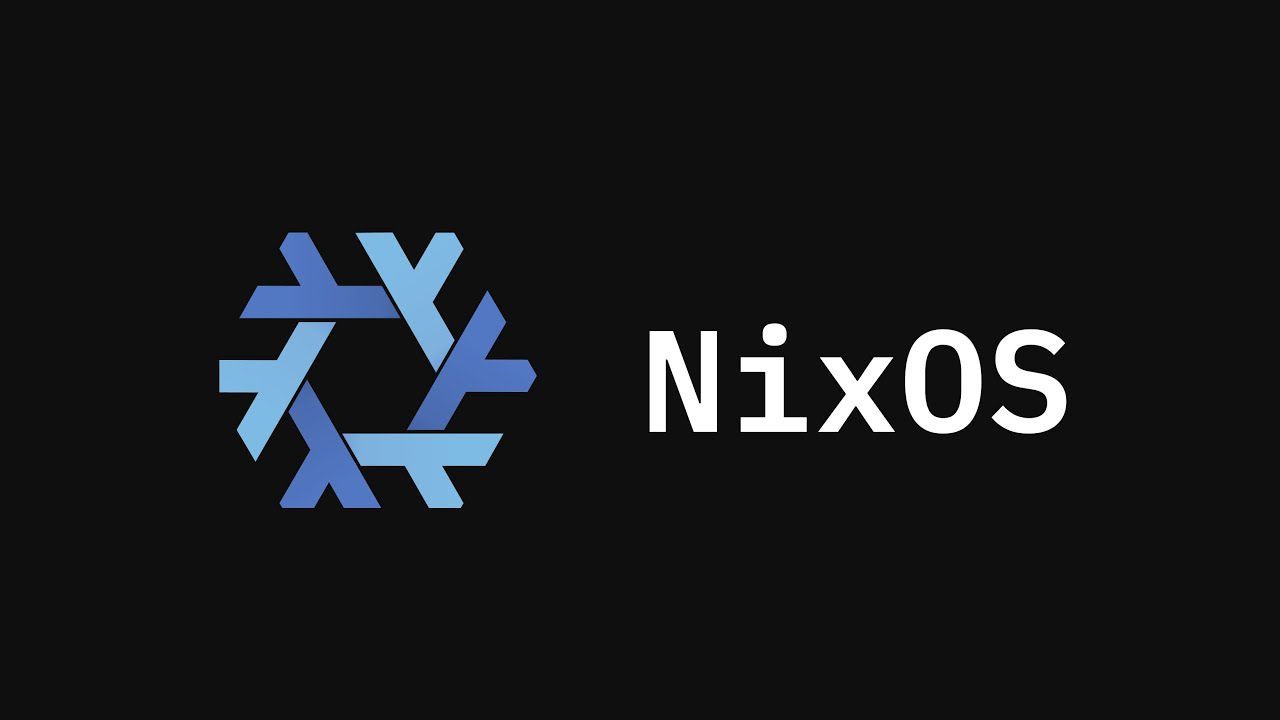
The Rise of Immutable Operating Systems: HoloISO’s Transformation
As technology continues to evolve at a rapid pace, the world of Linux distributions has seen its fair share of innovations and adaptations. One such notable development is the recent demise of HoloISO, a Linux distribution akin to SteamOS, and its rebirth as an immutable version.
The announcement of HoloISO’s transition was made by its creator on the official GitHub page, signaling the end of updates for the traditional ISO download. Instead, users are now encouraged to embrace the new immutable iteration of HoloISO, which promises enhanced security, stability, and seamless updates.
Understanding Immutable Operating Systems
But what exactly is an immutable operating system? Immutable systems, exemplified by distributions like SteamOS and Fedora Silverblue, operate on a read-only filesystem that is replaced entirely during updates. This approach not only fortifies the system’s security and stability but also streamlines the update process by replacing the core system components.
HoloISO’s original intent was to offer a comparable experience to SteamOS on diverse hardware setups. With the introduction of the immutable version, users can anticipate a more robust and dependable operating environment.
Embracing Change: Version 1.1 and Beyond
In a bid to enhance user experience further, HoloISO has unveiled Version 1.1, which introduces support for seamless migration. This update aims to facilitate a smooth transition for existing users and newcomers alike.
Moving forward, all future releases of HoloISO will be hosted on GitHub, with a dedicated repository for issue reporting to ensure a streamlined feedback mechanism.
Conclusion
The evolution of HoloISO from a conventional distribution to an immutable system underscores the ongoing quest for enhanced security, stability, and user experience in the realm of Linux distributions. As users adapt to this new paradigm, the promise of a more secure and efficient operating environment looms on the horizon.
This article was inspired by the original content from GamingOnLinux.com.















